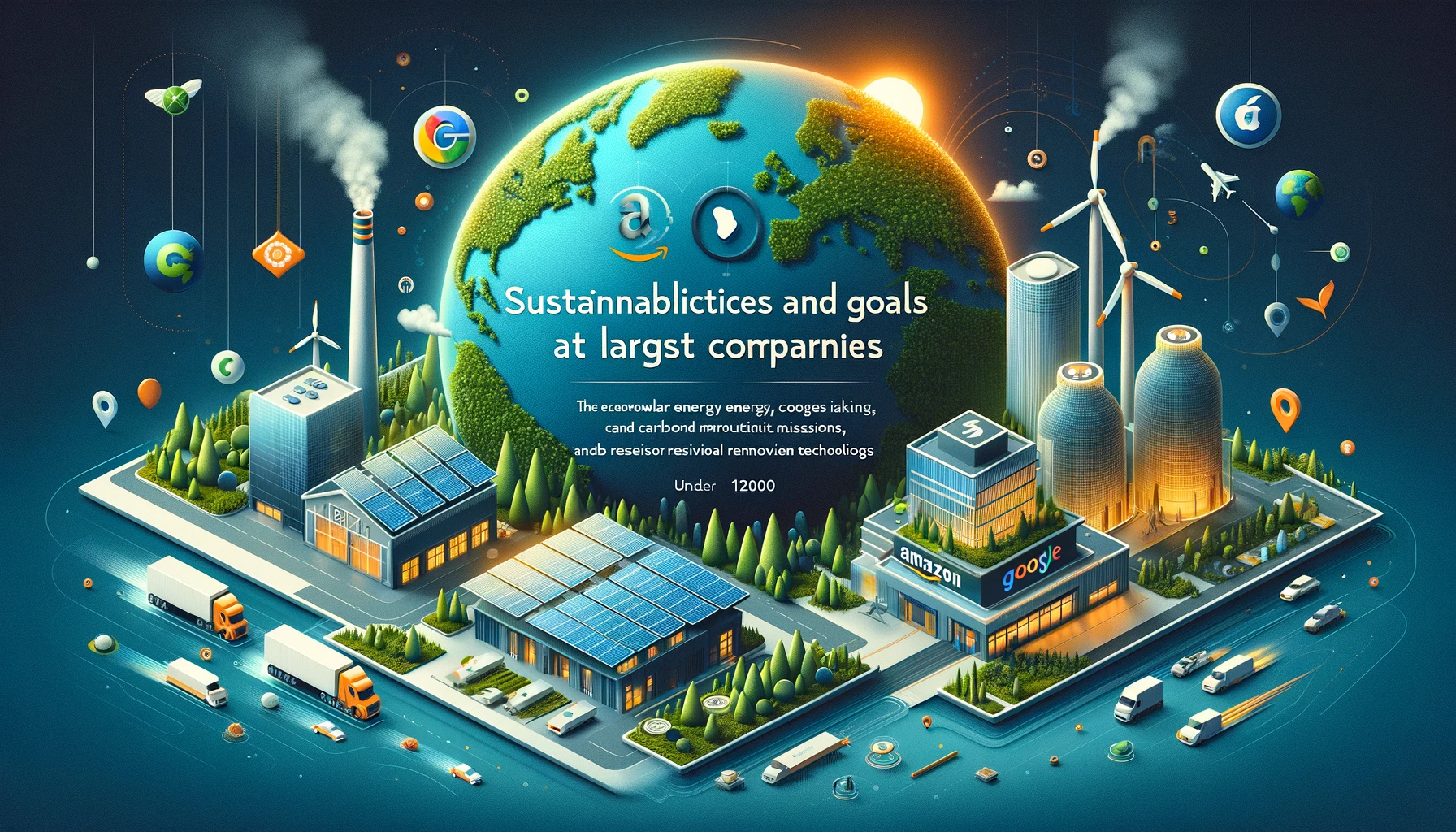NASA’s Artemis program has reignited America’s lunar ambitions, aiming for sustained human presence on the Moon and future Mars missions. To support these goals, the Lunar Surface Innovation Consortium (LSIC), driven by NASA’s Space Technology Mission Directorate, was formed. This group plays a crucial role in sparking new technologies and solutions for the unique challenges of moon operations.
The Genesis of LSIC
The LSIC began with NASA’s Lunar Surface Innovation Initiative in 2019, which aimed to develop the technologies needed for long-term Moon missions. By 2020, the consortium was officially established and managed by the Johns Hopkins University Applied Physics Laboratory. Its primary job is to improve communication and collaboration between NASA and its various partners to quicken innovation for lunar exploration.
Who Makes Up LSIC?
LSIC’s power comes from its diverse members which include:
- Universities: They provide fresh research and help train upcoming space professionals.
- Industry Players: Both big names and startups in the space industry who push the envelope on space technology.
- Non-profit Research Groups: These groups bring unique perspectives and innovative approaches.
- NASA Centers and Other Government Agencies: Their involvement ensures the consortium’s goals align with national space ambitions.
Principles and Focus Areas
LSIC operates on several principles:
- Collaboration: Open dialogues and partnerships are central.
- Innovation: They encourage creative solutions to tough problems.
- Commercialization: They aim to develop technologies that could lead to commercial opportunities on the Moon.
- Inclusivity: They seek diverse viewpoints to strengthen their work.
The consortium also focuses on key areas like power generation on the Moon, using Moon resources, building structures, handling the pervasive moon dust, and surviving the harsh lunar environment.
Current Projects and Impact
LSIC has a mix of activities aimed at advancing Moon technology:
- Expert Meetings: These gatherings focus on specific challenges and encourage sharing solutions.
- Community Events: Held twice a year, these events are for broader updates and networking.
- Student Programs: Competitions and challenges engage students and foster the next generation of space experts.
- Technology Demonstrations: These helps develop and test new technologies before they go to the Moon.
The Future and Beyond
As Artemis missions progress, LSIC’s work will only grow in importance. They’ll help develop the infrastructure needed for long stays on the Moon, such as power systems and living quarters. They’ll also tackle the problem of lunar dust and aim to use resources found on the Moon to support human activities.
Why It Matters
The work of the LSIC not only supports lunar exploration but also drives technological and scientific advancements. The research conducted could lead to new discoveries in astronomy and other fields and may also result in new technologies that can be applied back on Earth.
In summary, the LSIC is at the heart of America’s lunar exploration strategy, fostering innovation, collaboration, and technology development that will help establish a sustainable presence on the Moon. Through its efforts, we’re paving the way for future space exploration and inspiring new generations to look skyward.
















